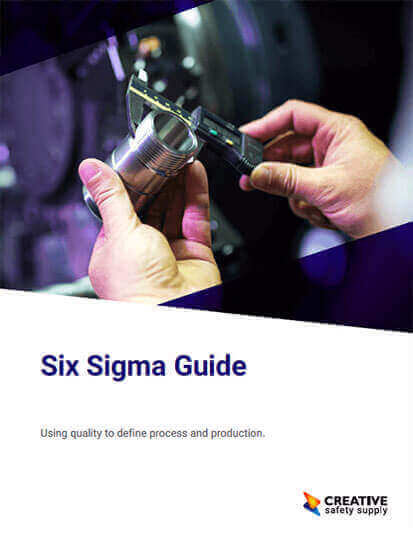
RCM, also known as reliability centered maintenance, does exactly what its name implies. It ensures maintenance and inspection tasks are focused on improving the safety and reliability of essential equipment. This system can be recognized by its three distinct and ongoing phases:
- Decision – This phase first focuses on the components of a system that have a high probability of failure or large consequences due to failures. By defining the factors that influence safety, operability, and non-operational factors, this phase is then able to make a productive decision.
- Analysis – The analysis phase revolves around using root cause analysis or failure modes and effect analysis to determine the overall malfunction or current undesired outcome.
- Outcomes and feedback – Due to this system’s cyclical nature, the feedback from the analysis will enable workers to make an adjustment and then proceed to the next set of areas that need further improvement.
On top of those three phases, there are a set of seven questions that must be asked throughout this process that also happen to be a part of the minimum criteria according to the technical standard SAE JA1011:
- First identify the system functions by asking the question “What is the item supposed to do and what are its performance standards?”
- Next, identify the failure modes by asking the question “How does it fail to provide the required functions?”
- After that, the failure causes must be identified. Ask the question “What events caused each failure?”
- Then, the effects of the failure must be identified. Ask the question “What happens when these failures occur?”
- Next, identify the consequences of those failures by asking the question “Why does each failure matter?”
- After that, the preventative tasks must be determined. Ask the question “What task can be performed proactively to prevent or mitigate the consequences of failure?”
- Lastly comes the need to identify alternatives. To do this, ask the question “What must be done if an acceptable preventative measure can’t be found?
Overall, the use of this maintenance tool provides the facility a means to extend the life of essential equipment, eliminate unplanned shutdowns, and it reduces maintenance costs.
Similar Glossary Terms
- MRO (Maintenance, Reliability, and Operation)
- FMEA (Failure Modes and Effects Analysis)
- DFMEA (Process Failure Modes and Effects Analysis)
- Fault Tree Analysis (FTA)
- Safety-Critical Systems
- Maintenance Planning
- Bathtub Curve
- FRACAS (Failure Reporting, Analysis and Corrective Action System)
- APQP (Advanced Product Quality Planning)


